Homesteading is a lifestyle or a mindset,
not a particular property layout or type of farm.
I think if you’re here, you probably have some sense that the system is messed up. Everyday, we see in the news about more and more people experiencing more and more health problems. More natural disasters. More dependence on big corporations, and those big corporations taking advantage of us. And maybe you wish it could be a little different. These are reasons that a lot of people are drawn to homesteading. Homesteading represents a call back to simpler times, which is comforting, but it also offers a way forward that we hope can circumvent all the “more, more, more” that is so prevalent in our lives.
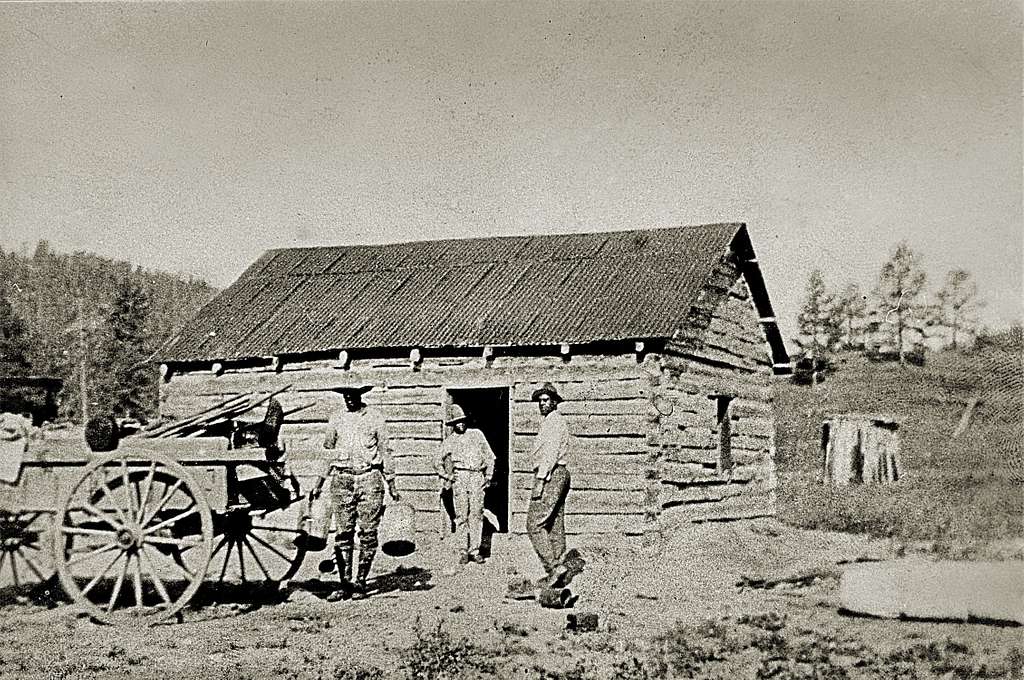
A lot of people have particular ideas about what homesteading is. Many people believe that it means you have to live off the grid, grow all your own produce, raise and butcher all your own meat, preserve food, build your own furniture and house…. and the list goes on. That sounds exhausting! And it’s not realistic for one person, or one family to have all the skills and assets required to achieve that sort of lifestyle.
In reality, homesteading isn’t an all or nothing kind of deal.
Homesteading is a spectrum.
On one end, you’ve got the off-gridders, the people who we don’t even know about because they shun social media. They built their home with their own hands from wood found on their land, they hunt for wild game, they grow biodynamic vegetable and herb gardens, they never even come out of the woods because they detest society.
On the other end, there are the aspiring homesteaders, making one choice that decreases their reliance on the system and increases their self-reliance. You can totally start right there.
Calling yourself a homesteader is all in the mindset.
In general, there are several principles that most homesteaders try to live by – whether they’ve put a lot of thought into their reasons or not, I think we have a bunch of goals that are in common, regardless of where they are on the spectrum. It’s ok to be on the aspiring end of the spectrum, and to stay there as long as you need to. You can take one step. Then maybe that step leads to another. And then another. And pretty soon your life looks a lot different, and a lot less reliant on the system, but a little more reliant on yourself and your community. That’s homesteading.
I think there are a few principles that most homesteaders can agree upon. These are just ideas. You can adopt all or just one of these principles. You can decide what each principle means for you and your family. You can start with the one that seems the easiest and branch out as you are able. Moon & Hare is all about making one choice at a time to move toward your goals. I even wrote a (free) ebook all about starting where you are!
In fact, moving too quickly can lead to burn out and disillusionment. A lot of homesteading activities are expensive or time-consuming. Just do what you are able to! I would also like to note that you do not have to monetize your homestead. I see that as the focus of a lot of homesteading websites, and it does not have to be a goal for you.
Ok, finally! On to the principles:
1. Self reliance or self-sufficiency
The principle of self-reliance or self-sufficiency is focused on decreasing your reliance on corporations. Many homesteaders recognize how dependent we’ve become on going to the Walmart to pick up a tiny thing, and then end up with a cart full of things. By spending money at these giant corporations, we’re just putting money into the Bezos’ and Waltons’ pockets, and they don’t care what happens to you. So step one is to get prepared and reduce your reliance on the corporations.
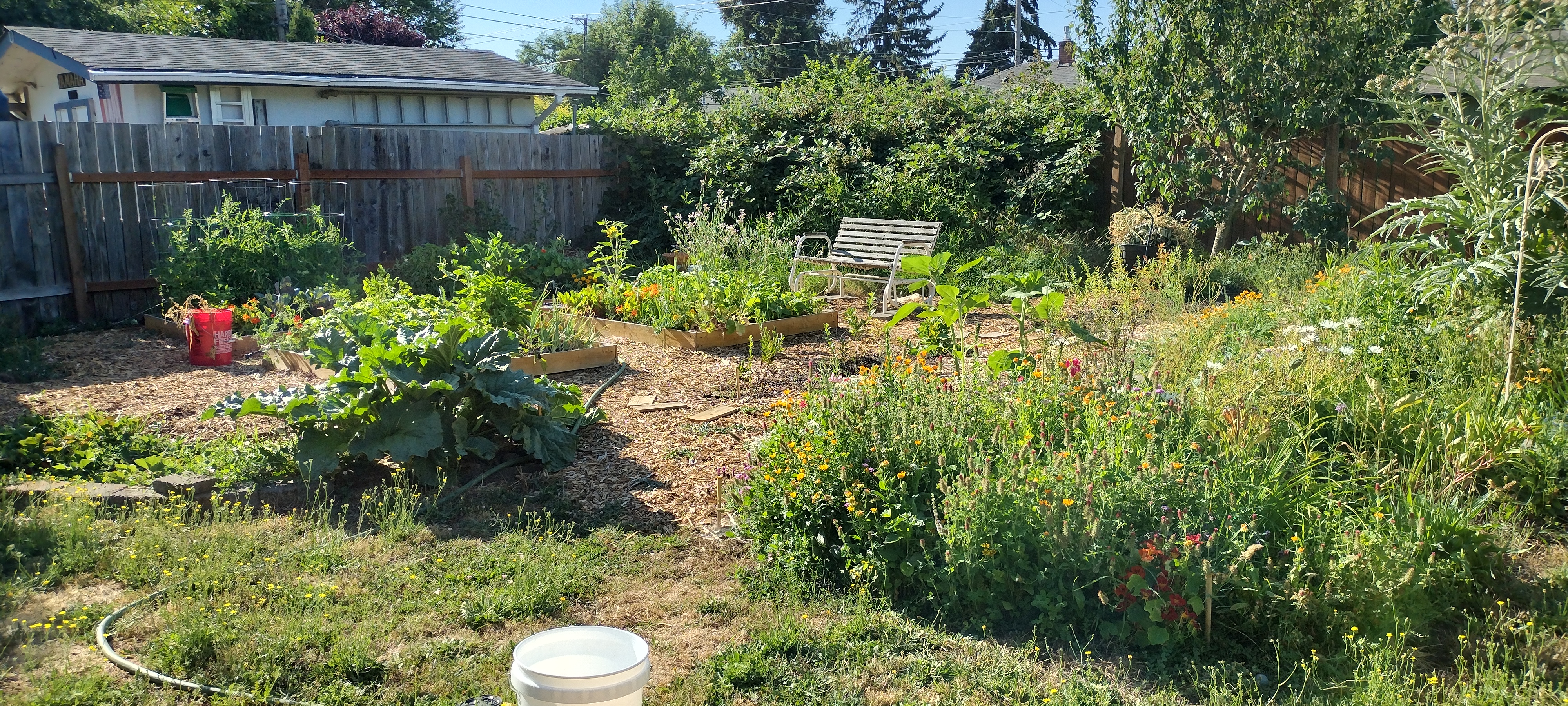
What does this look like for you? You can start growing your own food. If you don’t have the ability to do that, head to the farmer’s market to buy local and seasonal produce. Don’t automatically head to Walmart or online to Amazon when you need something. Think about the skills that you already posess. What can you make or do? How can you create self-reliance with what you already have?
2. Eco-mindedness
Many homesteaders are drawn to the lifestyle because of climate change and the amount of waste they see in the media and around their community. We make decisions for ourselves and our families that promote sustainability, reduce waste, conserve resources, and protect ecosystems, all of which helps maintain the planet’s health for our children. Maybe if enough of us get started, we can even turn around some of the climate change effects. At the very least, we can definitely create microclimates on our own properties and in our neighborhoods that can inspire and improve our immediate situation.
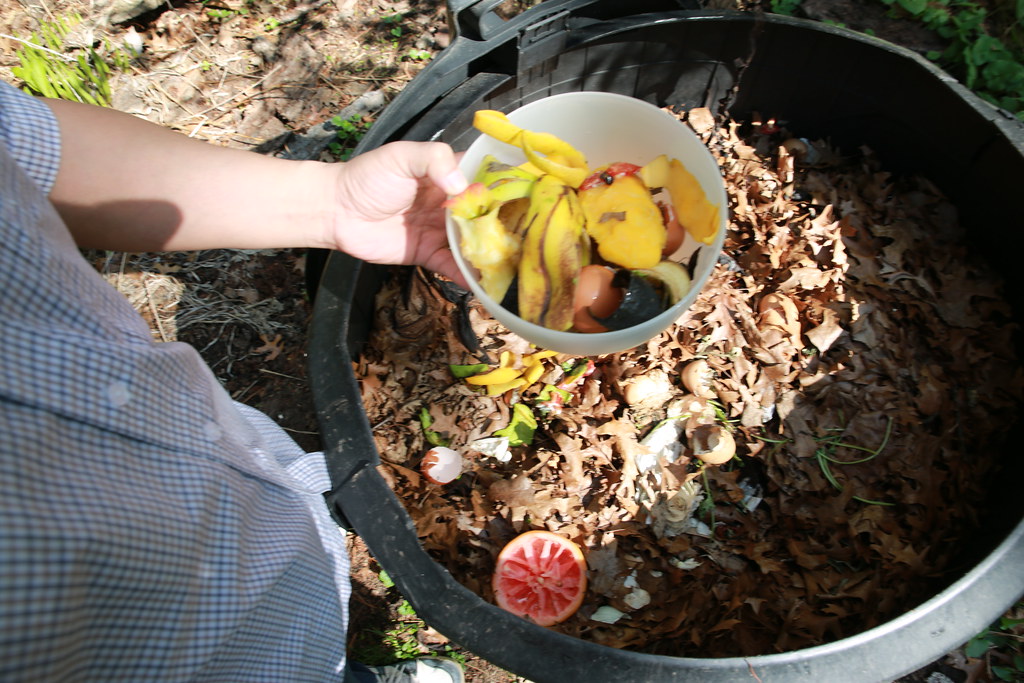
What does this look like for you? We can start composting our food waste (if you don’t have space to compost, look into what programs your city has to recycle with food waste). We can reduce waste in our own lives by rejecting single use plastics, reusing things as much as possible, repairing our goods, purchasing items that are quality and will last for generations. If you’re gardening, you can focus on native plants and permaculture techniques. There are some government programs to help with costs of installing solar panels, which reduces your reliance on the electrical grid and helps with clean energy.
3. Increasing Health
Homesteading appeals to a lot of people who have concerns about their health. Perhaps they have a health condition, or they’re troubled by the additives and chemicals that are in processed foods. By growing and preserving their own food, homesteaders know where their food comes from and what’s in it. By growing their own food and practicing sustainable living, homesteaders often eat more nutritious meals and stay physically active through daily tasks. Homesteading encourages a connection with nature through gardening or foraging.
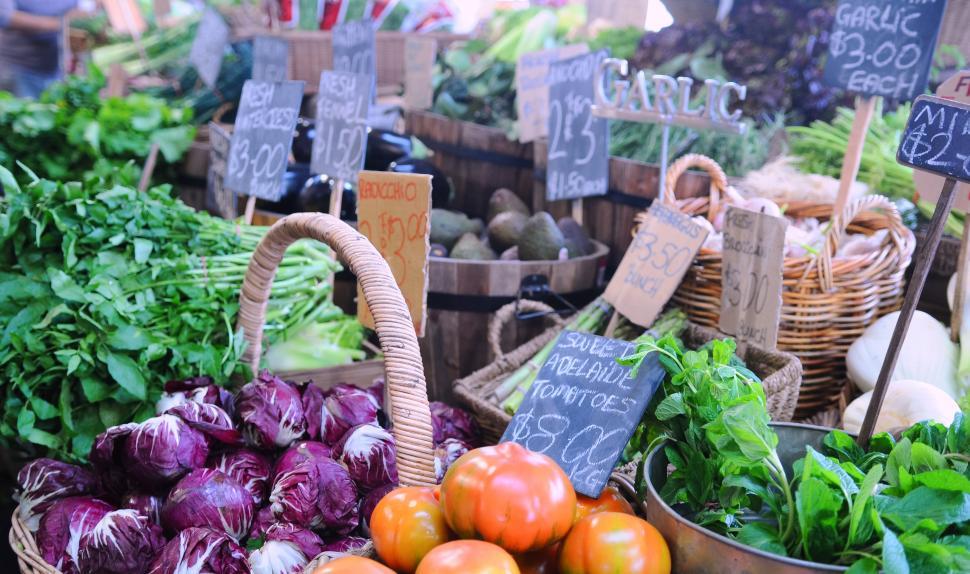
What does this mean for you? If you’re able to grow and prepare your own food, you will know every single ingredient that goes into it. By purchasing food from the farmer’s market, you’re getting the most in-season fresh produce, and you may even be able to speak with the farmer who grew it! By venturing out foraging, in addition to getting fresh foods, you also increase your activity level. By taking the time to appreciate and work in your garden, you can increase your mental health. You can even take control of your bodily health by learning about and practicing herbal medicine.
4. DIY mindset
Homesteaders embrace a DIY mindset, choosing to make things rather than buying them. This builds creativity and resourcefulness while saving money and reducing dependency on mass-produced goods and the corporations.
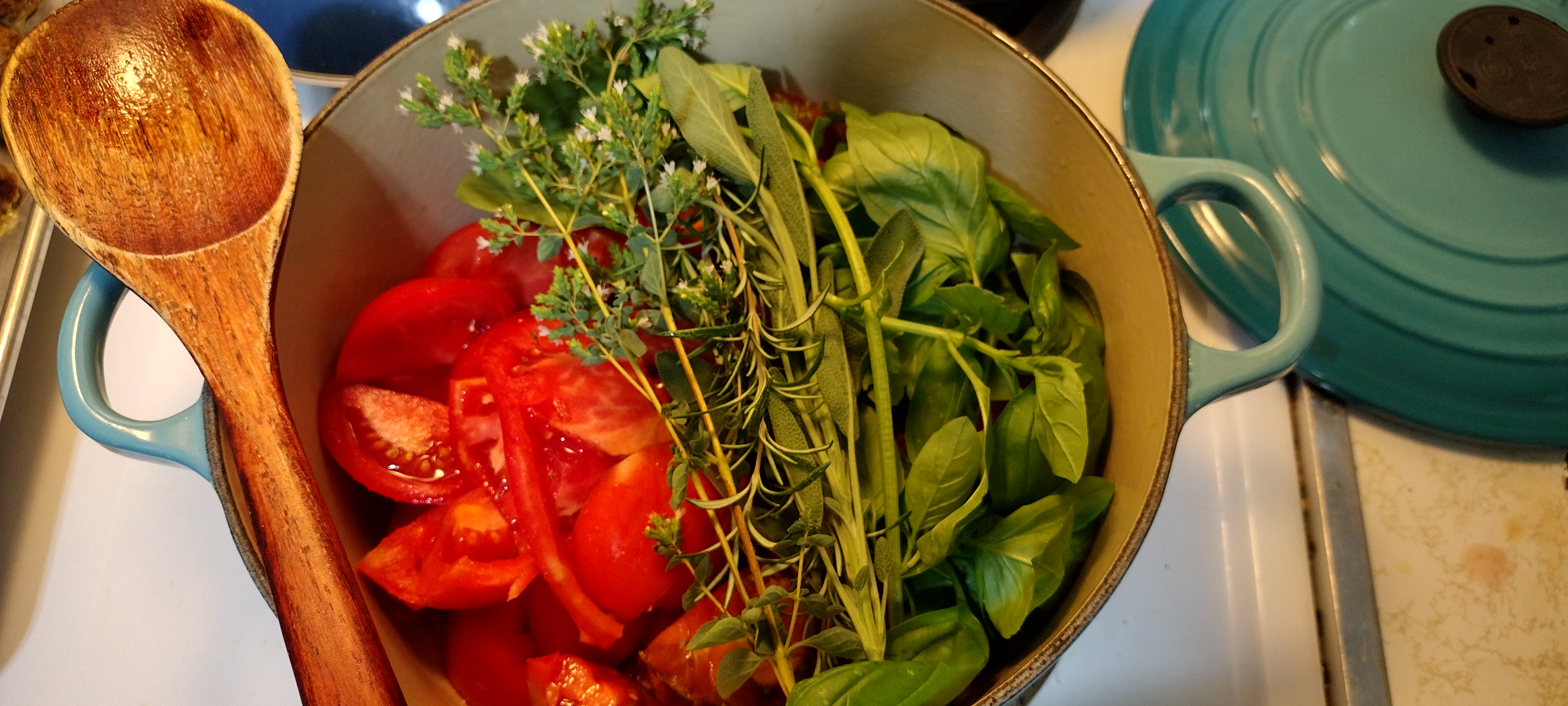
What does this mean for you? This is where your creative spirit comes in (everyone has one, I promise!). Thanks to the internet, it’s never been easier to learn skills to build, stitch, cook and bake, craft, brew, sew, and repair – and for free!
5. Living a frugal lifestyle
Many homesteaders want to break away from the 9 to 5 grind. One way to do this is to embrace a frugal lifestyle. Frugality in homesteading means making the most of what you have and minimizing unnecessary spending. Homesteaders focus on budgeting, using resources efficiently, and reusing or repurposing items to reduce costs while living a more intentional life.
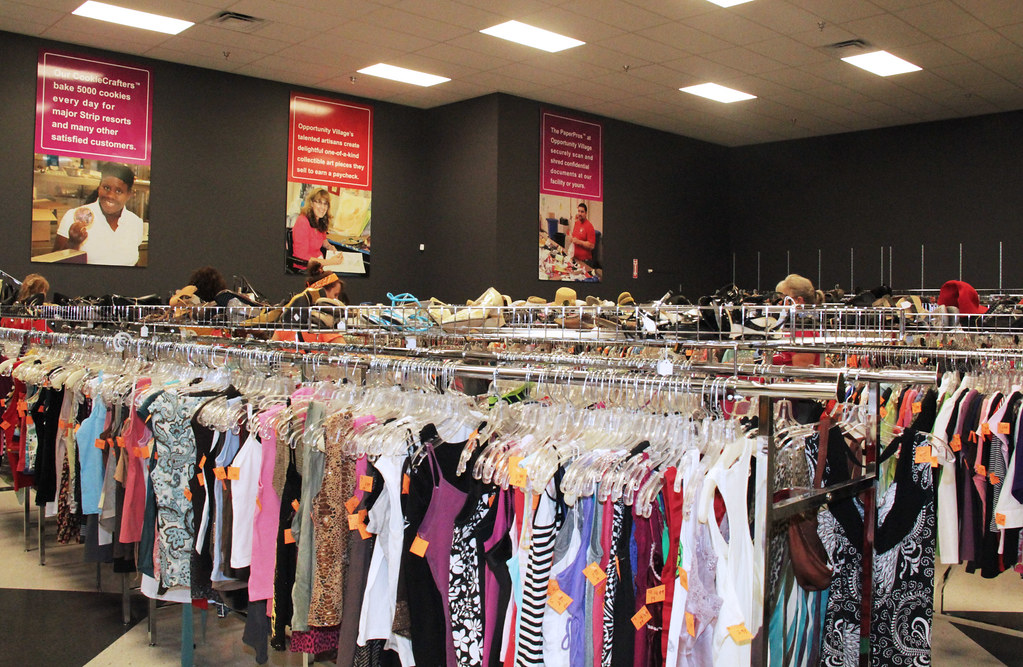
What does this mean for you? This is one of my favorite parts of homesteading. I much prefer the adventure of shopping at thrift stores than big box stores. You never know what you’ll find. And you will find everything that you need, though it may take a little time. Tools, clothing, household goods. It all ends up on the thrift store shelves. Some other ways to be frugal are to cook with produce from your garden, repurposing clothing and stuff from your house, DIY home projects and repairs, and bartering with your community for things you need.
6. Building community
Community building is an important part of homesteading. Even those off-gridders can’t do it all on their own. Homesteaders share skills, trade goods, and offer support to one another, creating a sense of mutual dependence and resilience. Self-sufficiency is important, but so if building community ties. You can share education, goods, skills, and more. Community isn’t just about trading – it’s also about mutual support, which in turn, helps your mental health and helps you maintain your excitement toward this chosen lifestyle.
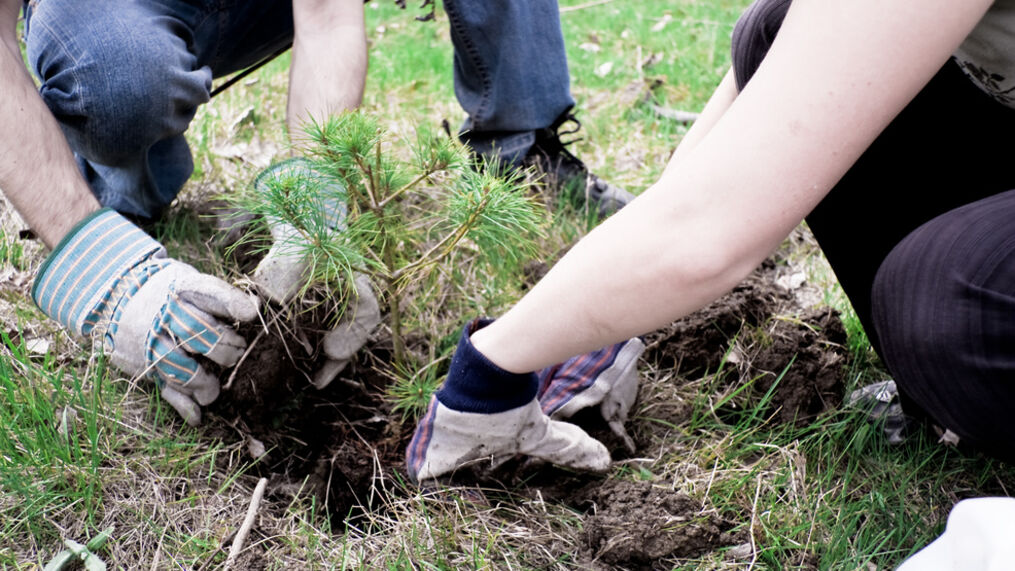
What does this look like for you? Maybe you go help a neighbor weed your garden, then another community member comes over to help you can your mountain of peaches. You can host bartering events in your community where people can trade goods from the garden or things they don’t need. Join a local gardening or homesteading group to share the trials and tribulations of homesteading life. Maybe you have some valuable skills that you can help educate your community on. Get to know your local farmer at farmer’s market. It’s all about creating a network.
7. Seasonal Living
Everything has a season. Our lives have seasons, gardens have seasons, our abilities and interests wax and wane. Seasonal living means aligning your lifestyle with the natural rhythms of the seasons. Homesteaders harvest and eat seasonally, preserve food for winter, and adapt their work based on the time of year, promoting a deeper connection to the environment and decreasing their reliance on grocery stores and corporations.

What does this mean for you? If you’re gardening, you already may know what grows best in which season. Eating what the garden provides is the next step. In the fall, you may be planting winter crops, or you may be putting your garden to bed. If you shop at farmer’s market, that is an easy way to make sure you’re eating seasonally (because theoretically everything is hyper-local and seasonal – I recognize that some farmer’s markets allow outsourced products). Spring and Summer are focused on planting and moving outward. Fall is focused on harvesting and preparing for the colder weather. Winter is focused on being inside and is a perfect time for stitching and soap making.
8. Perseverance and resiliency
All these skills combine to help you become resilent and be able to persevere, even when things seem impossible. Homesteading involves a lot of trial and error. Resiliency allows you to keep going when it feels like more error than trial. Whether it’s a failed crop or an unexpected setback, homesteaders learn to adapt and find solutions. This resilience builds confidence and long-term sustainability.
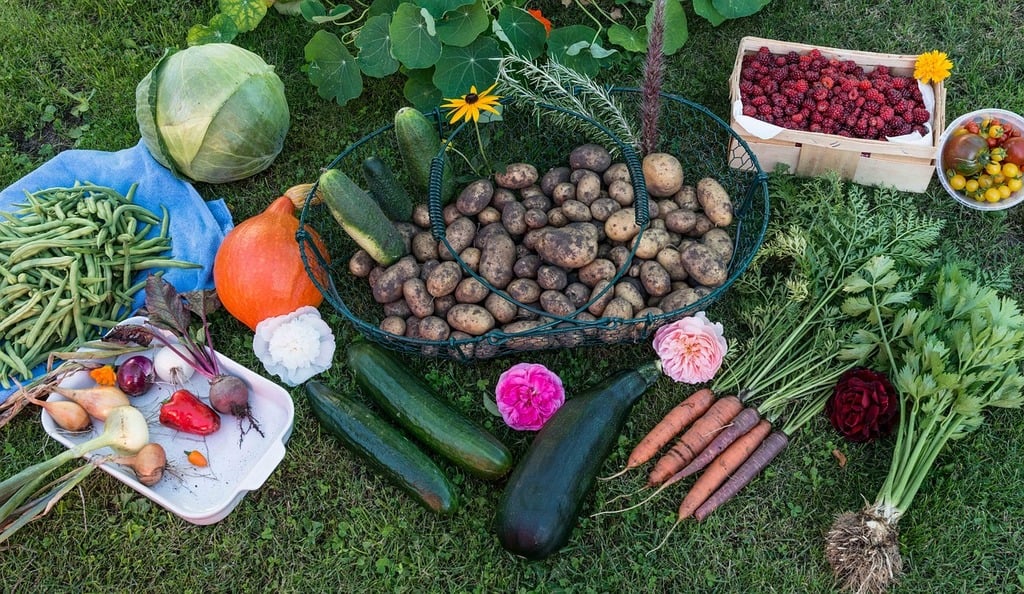
What does this look like for you? Experimentation is the name of the game. Learn new skills to complement what you already know. Try growing a variety of crops so that if one fails, another will create an abundance. All of the other principles combine to help you feel confident and able to take on the next challenge. In reality, humans thrive in adversity. In homesteading, there are always challenges – some are bigger than others, and building all these skills makes you able to rise to meet them.
The principles all tie in together.
The homesteading principles are deeply interconnected, each one building upon and supporting the others. We choose to DIY because it decreases our reliance on the corporations and is part of being frugal. Eco-mindedness encourages seasonal living. Community building increases resiliency. All of the principles work together to increase health and well-being, as homesteaders enjoy the physical and mental benefits of sustainable, intentional living.
Where are you in your homesteading journey? Let me know how I can support you in the comments below!

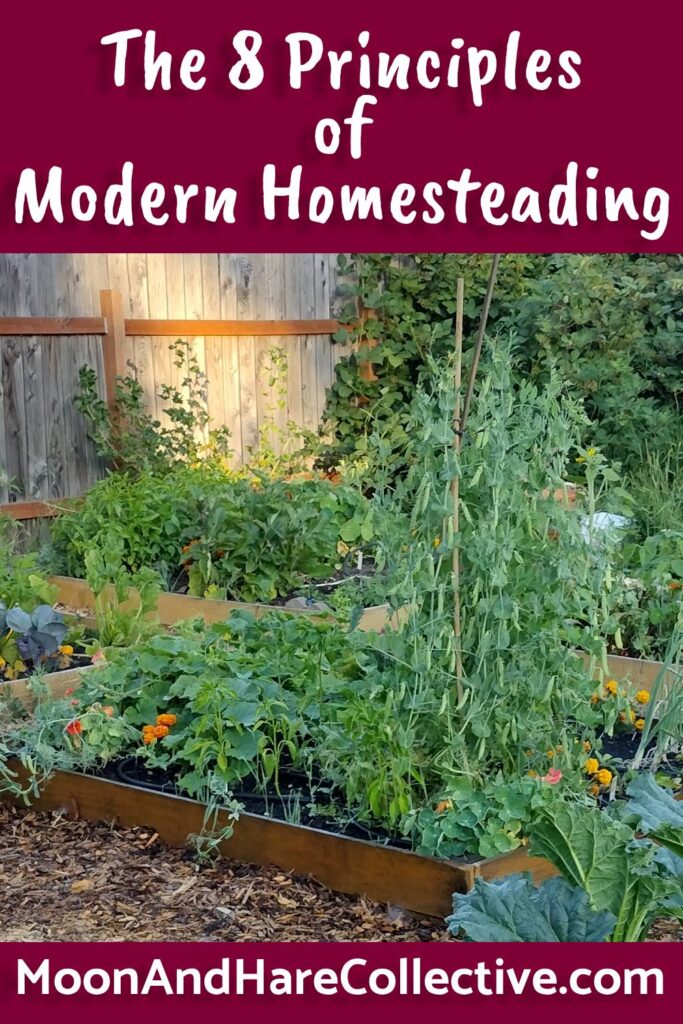

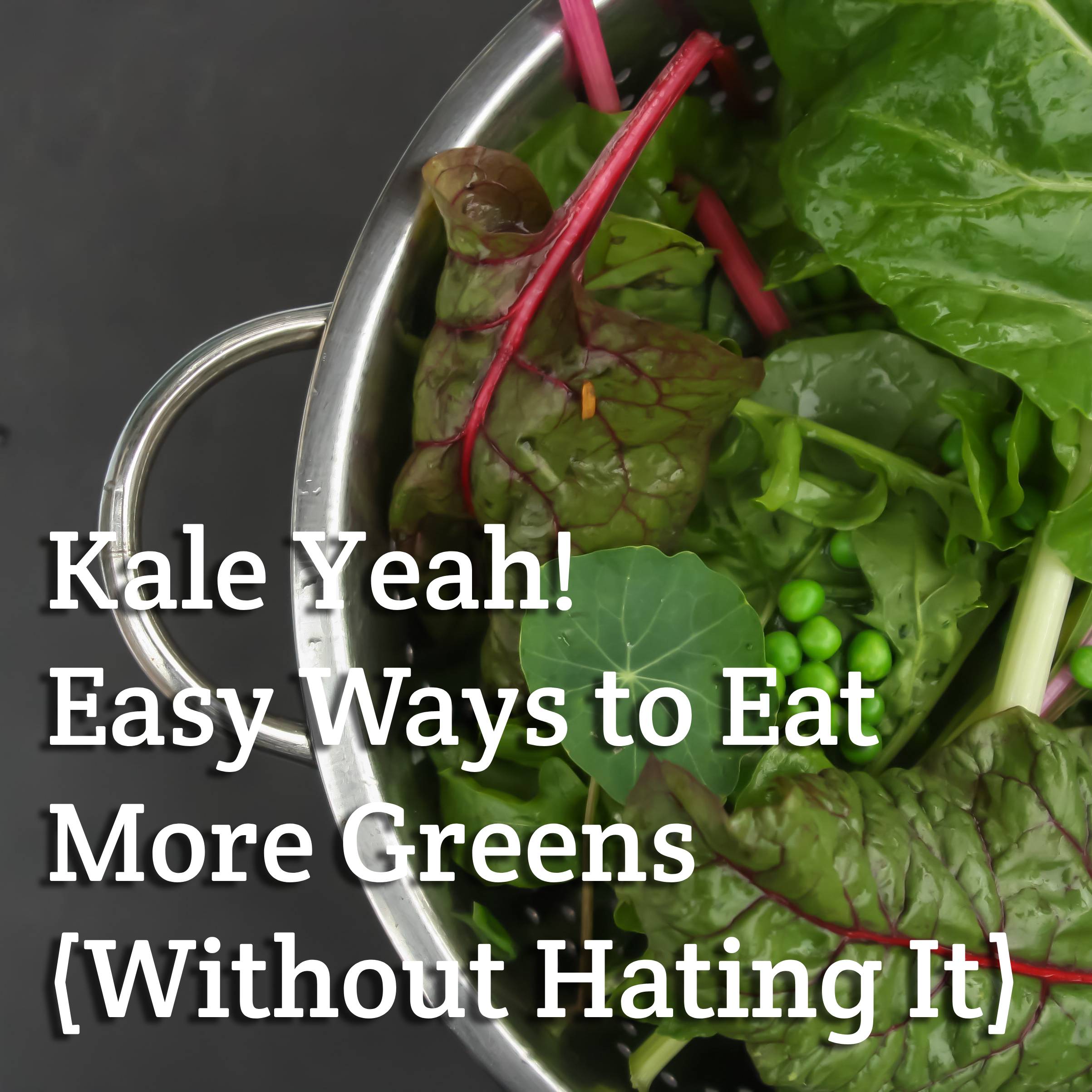
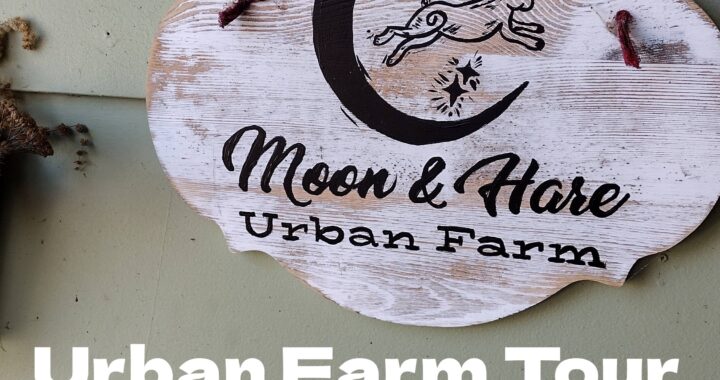

Great tips! Thank you!